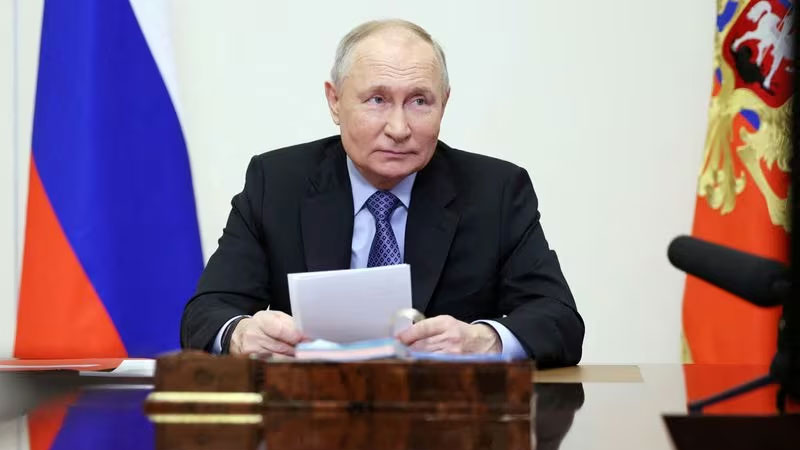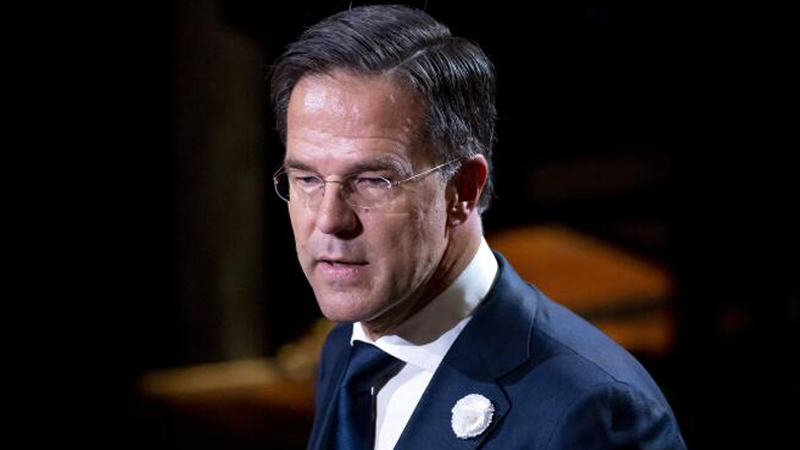The Moscow Exchange (MOEX.MM) has suspended trading in dollars and euros following the announcement of new U.S. sanctions against Russia. This immediate response to the sanctions, aimed at cutting off financial support for Russia’s war in Ukraine, marks a significant disruption in Russia’s financial market.
Both the Moscow Exchange and the central bank released urgent statements on Wednesday, a public holiday in Russia, within an hour of the U.S. announcement. “Due to the introduction of restrictive measures by the United States against the Moscow Exchange Group, exchange trading and settlements of deliverable instruments in U.S. dollars and euros are suspended,” stated the central bank.
This suspension means that banks, companies, and investors can no longer trade these currencies via the central exchange, which typically provides liquidity, clearing, and oversight benefits. Instead, transactions will now have to be conducted over-the-counter (OTC), with the central bank using OTC data to determine official exchange rates.
Despite the shift, the central bank sought to reassure the public. “Companies and individuals can continue to buy and sell U.S. dollars and euros through Russian banks. All funds in U.S. dollars and euros in the accounts and deposits of citizens and companies remain safe,” it confirmed.
However, the impact of these sanctions is evident. A representative from a large, non-sanctioned Russian commodities exporter commented, “We don’t care, we have yuan. Getting dollars and euros in Russia is practically impossible.”
With Russia increasingly aligning its trade and political ties with Beijing, the Chinese yuan has become the most traded currency on MOEX, accounting for 53.6% of all foreign currency trades in May. In contrast, the daily trading volumes for the dollar and euro are significantly lower, with the yuan-rouble trades reaching up to 8 billion roubles daily.
Market Reaction
The immediate market reaction was notable, with some banks drastically altering their exchange rates. Norvik Bank initially offered to buy dollars for just 50 roubles while selling for 200 roubles, before adjusting to 88.20/97.80. Tsifra Bank set its rates at 89 roubles for buying and 120 for selling dollars. Other major banks maintained narrower spreads of 6-7 roubles.
The U.S. Treasury stated that the sanctions target “the architecture of Russia’s financial system, which has been reoriented to facilitate investment into its defense industry and acquisition of goods needed to further its aggression against Ukraine.”
Russia’s central bank had been preparing for such a scenario for around two years, anticipating potential sanctions against MOEX and its National Clearing Centre, also affected by the new sanctions.
Future Implications
MOEX announced that share trading and money market trades settled in dollars and euros would also cease, potentially impacting the exchange’s profits due to reduced trading volumes. In May, MOEX saw a trading volume of 126.7 trillion roubles ($1.43 trillion), a significant increase from the previous year. The exchange reported a net profit of 60.8 billion roubles in 2023, up by 67.5% from the previous year.
Investment banker Yevegeny Kogan, a professor at Russia’s Higher School of Economics, advised the public against panic. “If we’re scared, we run to buy currency. And it doesn’t matter whether it’s 100, 120 or 150. You mustn’t rush,” he cautioned on Telegram, warning of the serious implications of a panicked reaction. “Friends, it looks like tomorrow will be a very nervy day.”











Leave a Reply